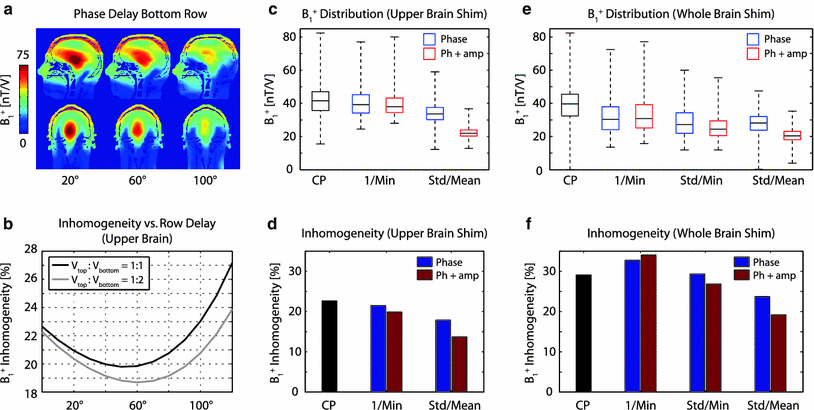

This algorithm turns out to be well suited for progressive transmission and ROI selection of 2D and 3D images, as it is able to avoid redundancy in data transmission and does not require any sort of data recodification, even if we select arbitrary ROIs on the fly. In this context we present an algorithm for lossy adaptive encoding based on singular value decomposition (SVD). In the progressive transmission of ROIs, we want not only to reconstruct the image as we receive image data, but also to be able to select which part or parts of the emerging image we think are relevant and want to receive first, and which part or parts are of no interest.

However, none of them is well suited, or perform poorly, when, in addition to progressive transmission, we want to include also ROIs (Region Of Interest) handling. There are many progressive transmission methods available, such as it planes, TSVQ, DPCM, and, more recently, matrix polynomial interpolation, Discrete Cosine Transform (DCT, used in JPEG) and wavelets (used in JPEG 2000). The contribution of every transmit element of the array to the B field can be mapped, and in this way a patient-specific set of phases and amplitudes, an RF shim set, can be determined resulting in an optimal homogeneous excitation of spins. Despite this reconstruction being, of course, partial, it is possible to improve the reconstruction on the fly, as more and more data of the original image are received. RF inhomogeneity is mitigated in practice by parallel transmit arrays allowing RF shimming (10, 11). For multiple ROIs, the default file extension is. The tracking log referred to here is for management of the business process, not the accounting of disclosures function of.
#Roi transmit software#
The software can aid management in monitoring staff performance, turnaround times by type of request, and other measures. Notes: For a single ROI, the default ROI file extension is. Release of information software is designed to facilitate tracking requests through their lifecycle. This will save multiple ROI definitions into a single file. In the dialog box enter a name for the ROI file and click Save. These schemes allow the image sender to encode the image data in such a way that it is possible for the receiver to perform a reconstruction of the original image from the very beginning of transmission. In the ROI Manager, hold the Shift key and select both ROIs. To solve this issue, progressive transmission schemes are used. This algorithm turns out to be well suited for progressive transmission and ROI selection of 2D and 3D images, as it is able to avoid redundancy in data. Nowadays, problems arise when handling large-sized images (i.e. medical image such as Computed Tomographies or satellite images) of 10, 50, 100 or more Megabytes, due to the amount of time required for transmitting and displaying, this time being even worse when a narrow bandwidth transmission medium is involved (i.e. dial-up or mobile network), because the receiver must wait until the entire image has arrived.


 0 kommentar(er)
0 kommentar(er)
